Wake Vortex
Orthogonal Scanning of Digital Artefacts
About
Wake Vortex is a series of generative videos and images built around the idea that a digital raster image can be treated as a three-dimensional object and viewed not just frontally but also from any other side. This process can be understood as line-scanning of digital imagery. Scanned orthogonally from the side, the image is perceived as a sequence of one-pixel wide lines, while orthogonal scanning of a stacked set of video frames creates a new sequence of images that can be animated, and certain combinations of source materials and scanning sides/directions produce interesting results.
Concept
Motivation
Wake Vortex is a part of my artistic and theoretical research of generative methodologies, digital art and culture. The project was built around the idea that digital raster image can be treated as a three-dimensional object and viewed not just frontally but also from any other side (left, right, below and above). This side-viewing process can be understood as slit-scanning or line-scanning of digital imagery (Levin, 2015).
Idea
The project employs (re)creativity in processing the artworks and cultural artefacts which were themselves originally developed through the various modes of innovative combinatorics and generative techniques (Grba, 2015a; 2016).
Dimensional collapse in orthogonal scanning reveals new formal values and facilitates layered observation. While visually estranged, the generated imagery retains the suggestiveness of the original so, with or without sound, the viewer intuitively begins to regard it analytically and appreciate its visual, spatial and temporal qualities.
In fluid dynamics, wake vortex is a turbulent trail of an object moving through the medium. In aviation and seamanship, it is often considered to be a dangerous, unpredictable effect of the craft’s motion. In the context of this project, it points to the complexity of the imperceptible or unregistered default values of an artwork or cultural artefact, to their unforeseen expressive, cognitive, ethical, relational and political consequences (Grba, 2015b).
Procedure
Viewed orthogonally from the side, the image is perceived as a one-pixel wide line whose height equals the frontal width or height of the image, depending on the new viewpoint. Continual scanning along the orthogonal viewing axis displays all the one-pixel lines. Orthogonal scanning of a stacked set of video frames creates a new set of images whose number equals the pixel width/height (depending on the viewpoint), pixel length of one side equals the total number of video frames, and pixel length of the other side equals the pixel height/width of the video (depending on the viewpoint). The image sets extracted from the video and the pixel line sets extracted from a single image can be animated, and certain combinations of source material and scanning sides/directions produce interesting results.
Structure
Wake Vortex comprises videos and imagery created by orthogonal scanning of diverse source material from digital art and culture (listed in Source Material). Whenever feasible, the sound from the source material is synchronized back to the wake-vortexed videos. The project is ongoing and as the new source material gets processed, the output is added to the collection which can be selectively configured and presented.
Source Material
As of 2018-11-30, the wake-vortexed artworks include:
Benjamin Fry’s ASCII Arrangement, HSV Space Arrangement and Disgrand (all 1998);
Luke DuBois’ Play (2005), (Pop) Icon Britney (2010) and Acceptance (2012 and 2016);
Jason Salavon’s The Late-Night Triad (2003);
Rhyland Warthon’s Palette Reduction No. 4: Surrogates (2009);
Jelena Masnikosić’s Fortuity: Code of Emptiness (2016);
Dejan Grba’s Dog Life Days (1997), a (2006) and Alibi (Black or White) (2012)
Vladimir Todorović’s Snail on the Slope (2013)
Tatsuo Unami’s Daily Generated Animations (2011-2016).
The imminent processing schedule includes the works by:
Osman Khan & Daniel Sauter (We Interrupt Your Regularly Scheduled Program); Phillip Galanter (Video Feedbacks); Adam Magyar; Terence Broad; Steina & Woody Vasulka (Video Feedbacks) and Vladimir Todorović (1985 and Silica-Esc).
References
Levin, Golan. (2015). An Informal Catalogue of Slit-Scan Video Artworks and Research. FLONG Website.
Videos
The videos on this page are 1080p and play as individual clips (one video per clip).
In a gallery/festival setting the full resolution videos are sequentially arranged in groups for parallel multichannel presentation. Please refer to Tech Rider for details.
Wake-Vortexed Dejan Grba’s Dog Life Days (1997) RL (no sound)
Wake-Vortexed Dejan Grba’s Alibi (Black or White) (2012) RL (no sound)
Wake-Vortexed Dejan Grba’s Dog Life Days (1997) RL 25 fps (no sound)
Wake-Vortexed Vladimir Todorović’s Snail on the Slope (2013) Segment 1 RL
Wake-Vortexed Vladimir Todorović’s Snail on the Slope (2013) Segment 2 RL
Wake-Vortexed Vladimir Todorović’s Snail on the Slope (2013) Segment 2 BT
Wake-Vortexed Vladimir Todorović’s Snail on the Slope (2013) Segment 3 BT
Wake-Vortexed Vladimir Todorović’s Snail on the Slope (2013) Segment 4 BT
Wake-Vortexed Luke DuBois’ Acceptance (2012) RL
Wake-Vortexed Luke DuBois’ Acceptance 2016 (2016) RL
Wake-Vortexed Tatsuo Unemi’s Daily Evolved Animations (2011-2016) Animation 017 BT (no sound)
Wake-Vortexed Ben Fry’s HSV Space Arrangement (1998) RL (no sound)
Wake-Vortexed Jason Salavon’s The Late-Night Triad (2003) RL Sequential
Wake-Vortexed Jelena Masnikosić’s Fortuity: Code of Emptiness (2016) LR (no sound)
Wake-Vortexed Jelena Masnikosić’s Fortuity: Code of Emptiness (2016) BT (no sound)
Images

Wake-Vortexed Dejan Grba’s Dog Life Days (1997) RL, digital image

Wake-Vortexed Dejan Grba’s a (1997) RL (L, M, R), 3 video stills
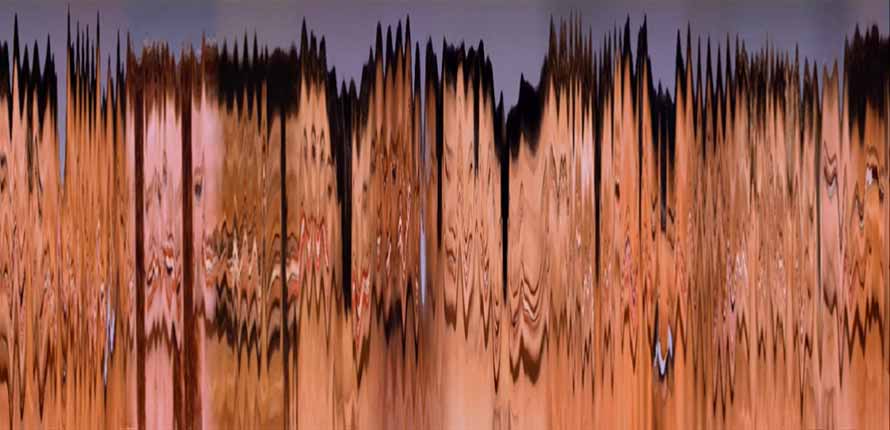
Wake-Vortexed Dejan Grba’s Alibi (Black or White) (2012) RL, digital image
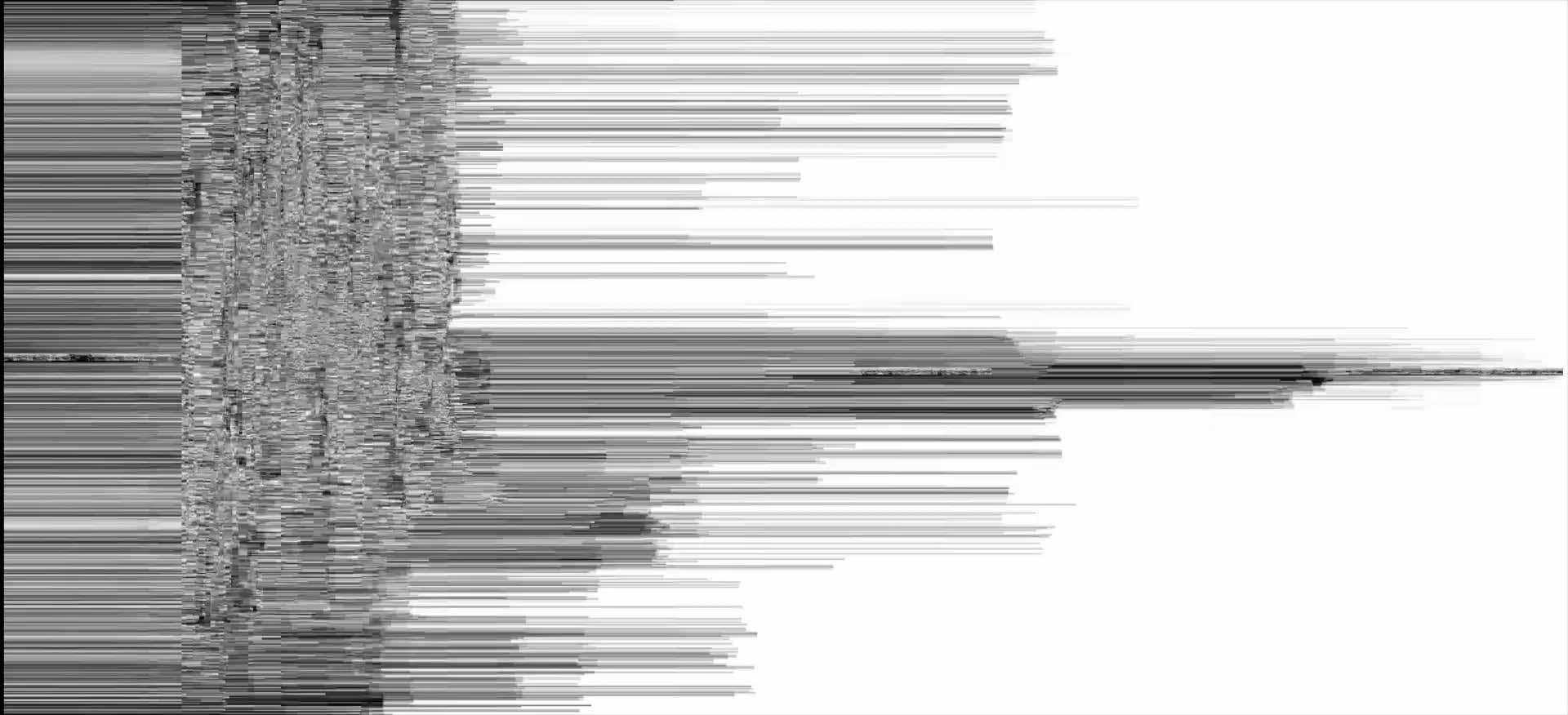
Wake-Vortexed Vladimir Todorović’s Snail on the Slope (2013) Segment 1 RL, digital image
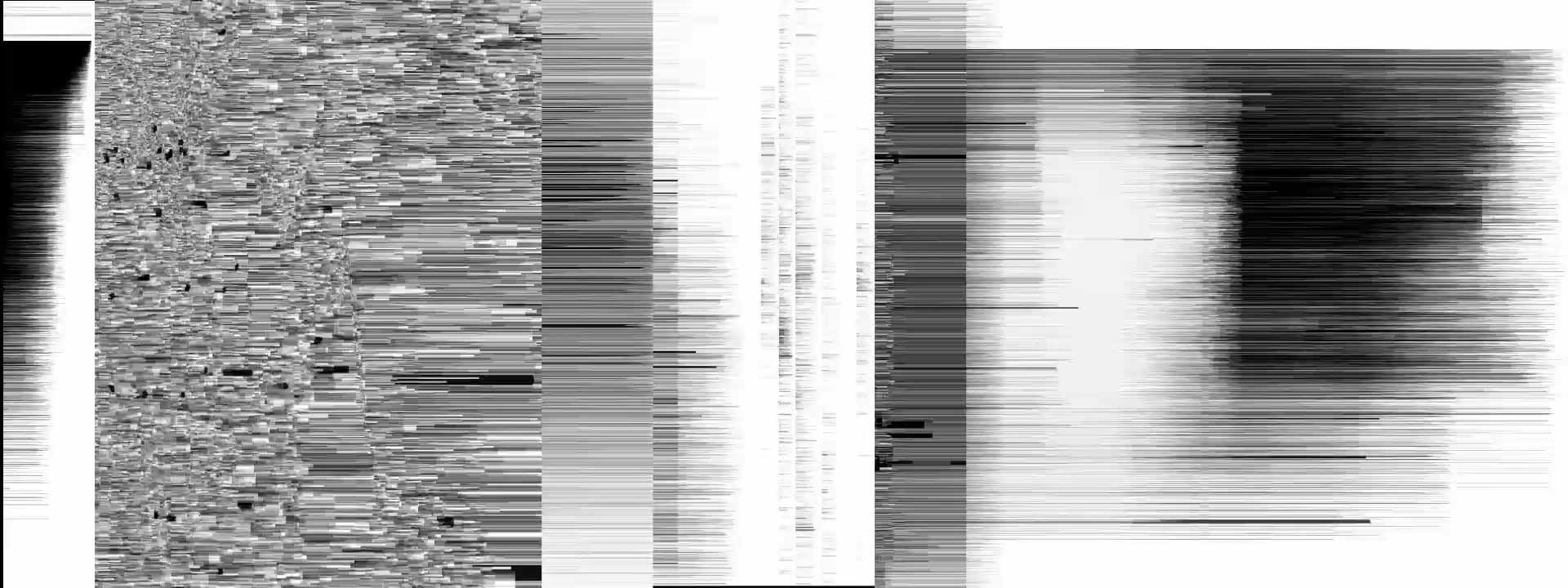
Wake-Vortexed Vladimir Todorović’s Snail on the Slope (2013) Segment 2 RL, digital image
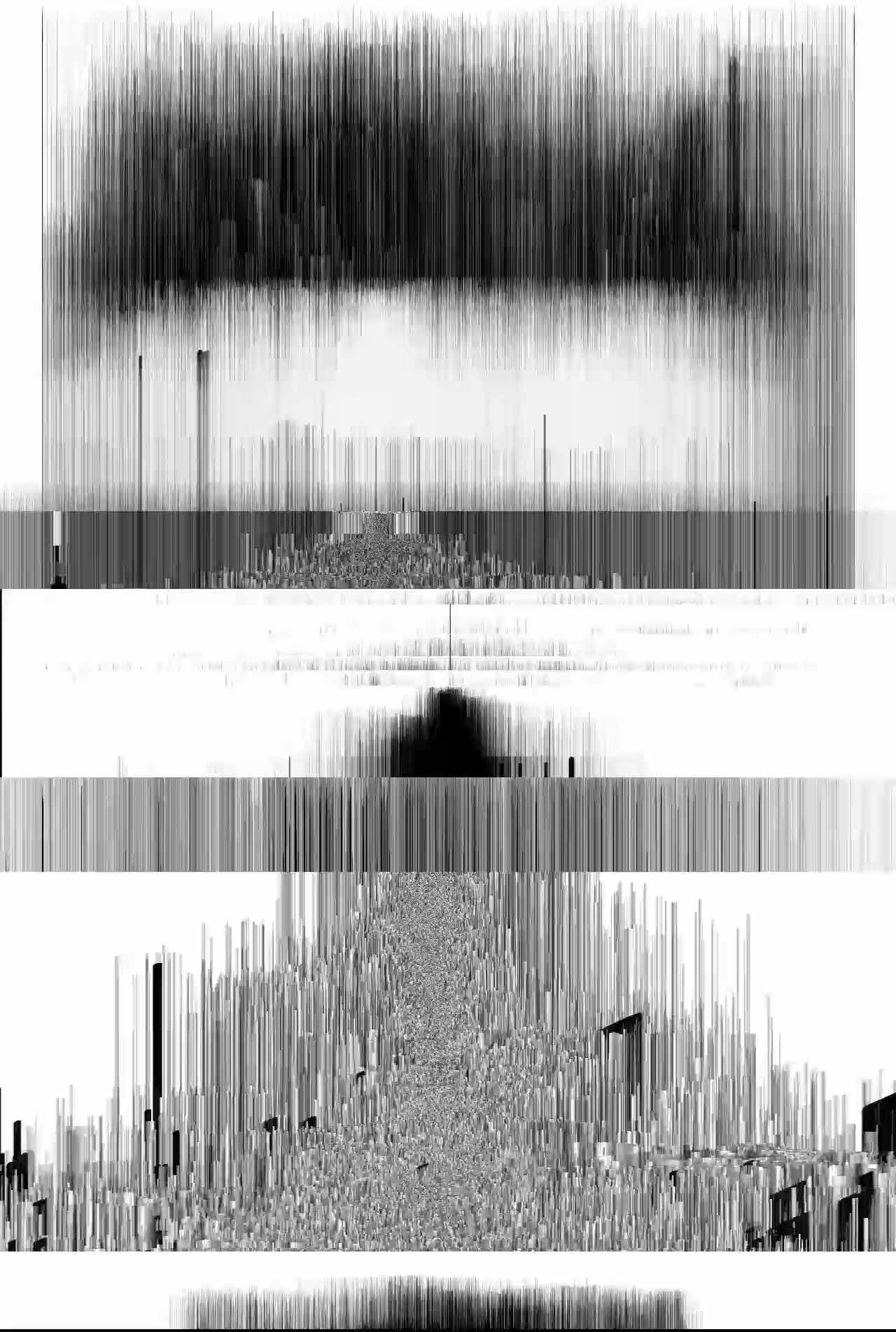

Wake-Vortexed Vladimir Todorović’s Snail on the Slope (2013) Segment 2 BT, digital image
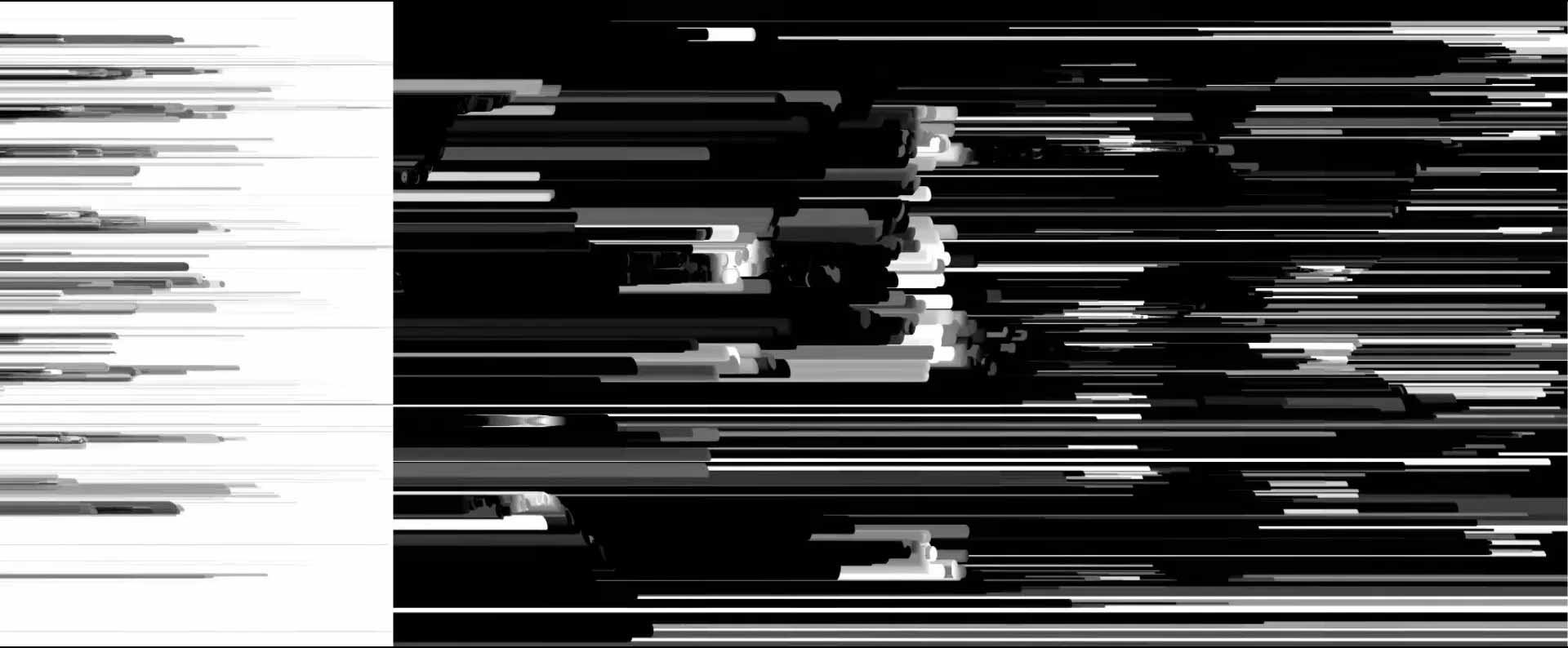
Wake-Vortexed Vladimir Todorović’s Snail on the Slope (2013) Segment 4 RL, digital image
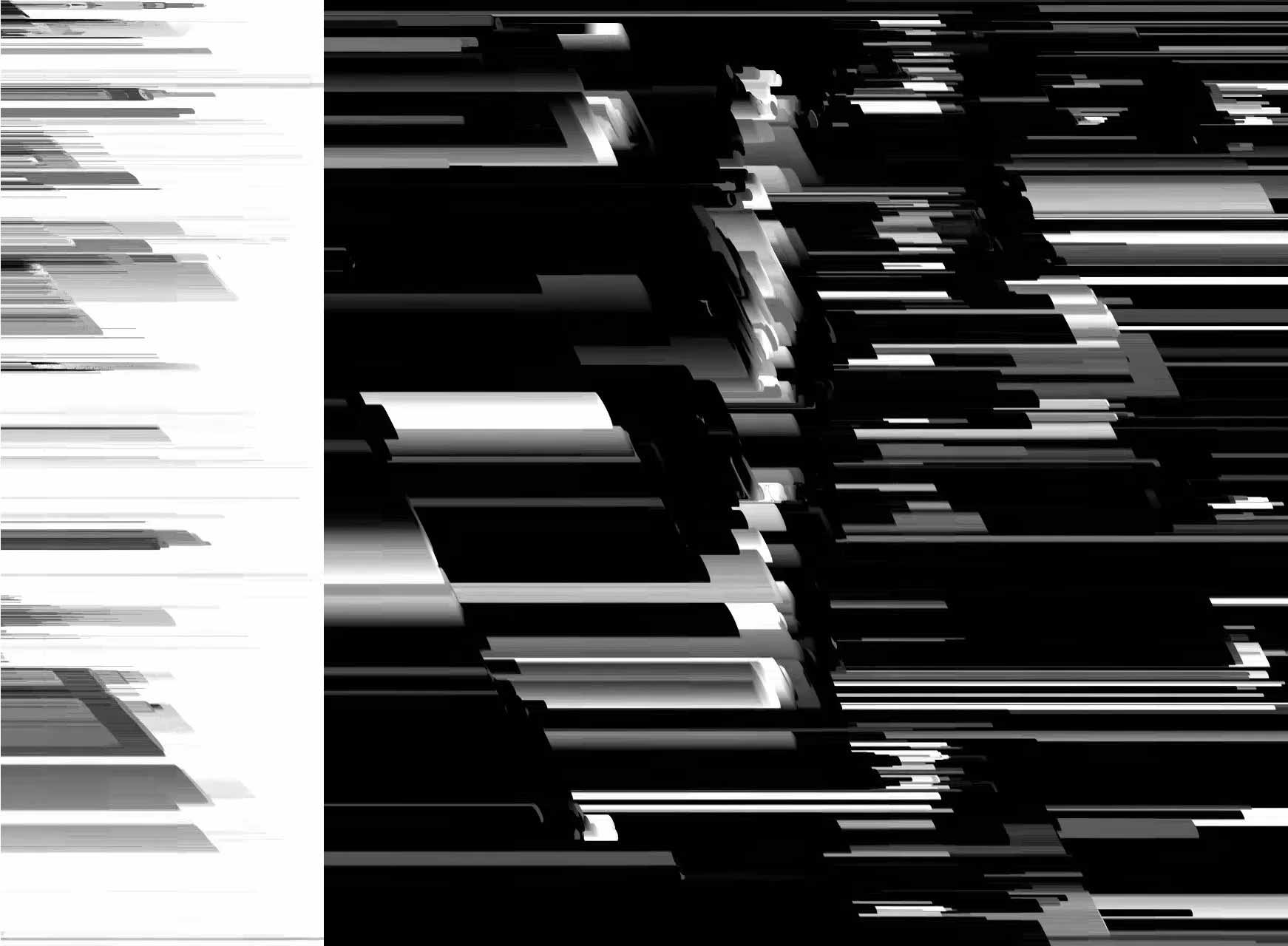
Wake-Vortexed Vladimir Todorović’s Snail on the Slope (2013) Segment 4 BT, digital image

Wake-Vortexed Vladimir Todorović’s Snail on the Slope (2013) Segment 5 BT, digital image

Wake-Vortexed Luke DuBois’ (Pop) Icon Britney RL, digital image

Wake-Vortexed Luke DuBois’ Play (2005) RL, digital image
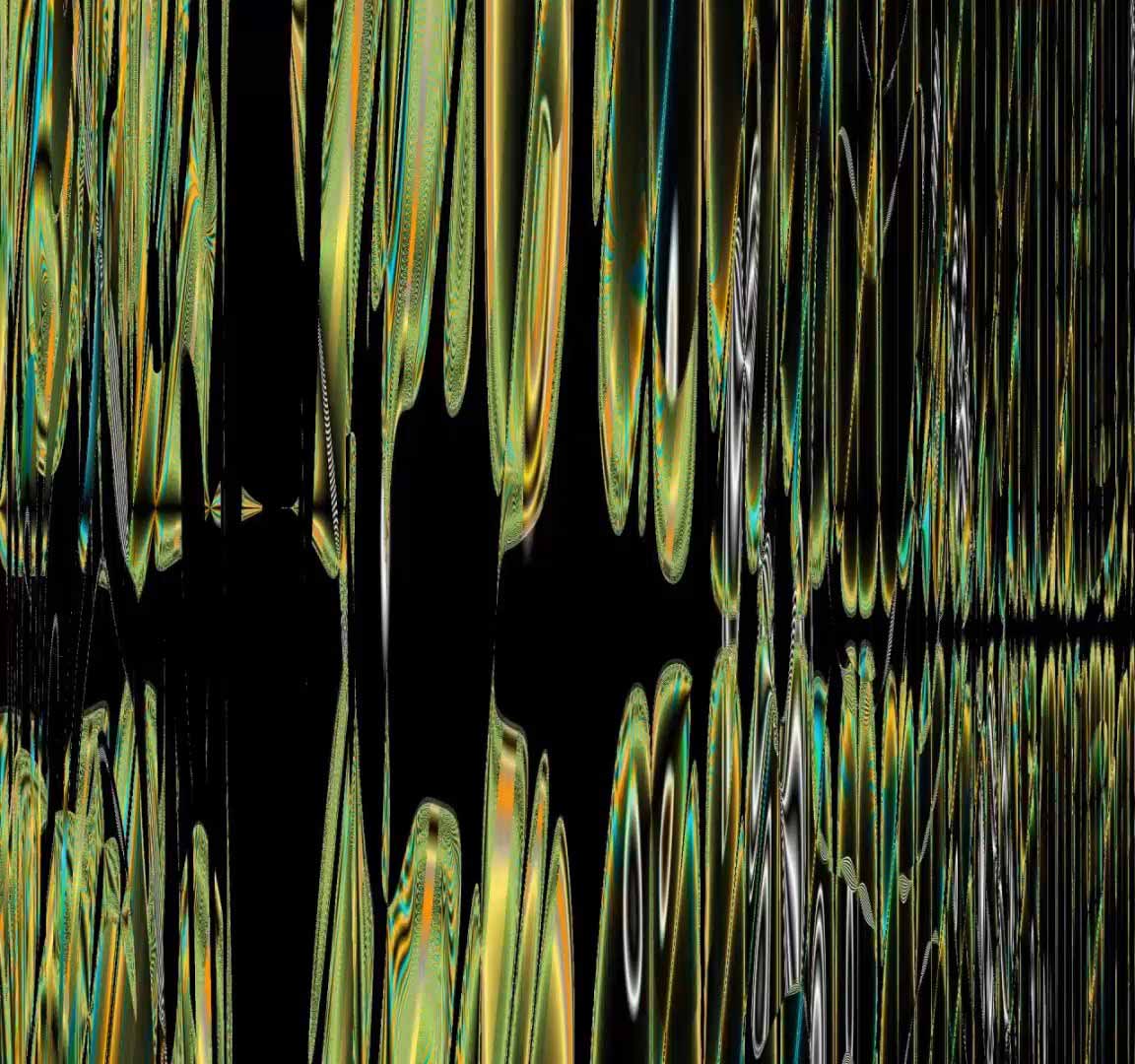
Wake-Vortexed Tatsuo Unemi’s Daily Evolved Animations (2011-2016) Animation 017 BT, digital image
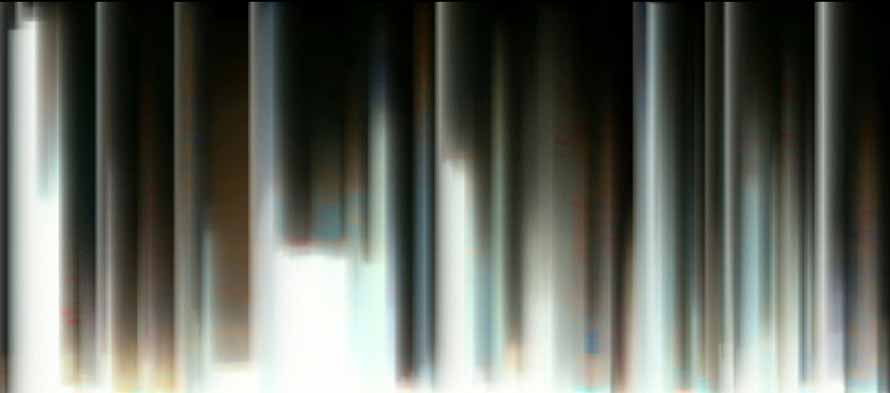
Wake-Vortexed Ben Fry’s Disgrand (1998) RL, digital image
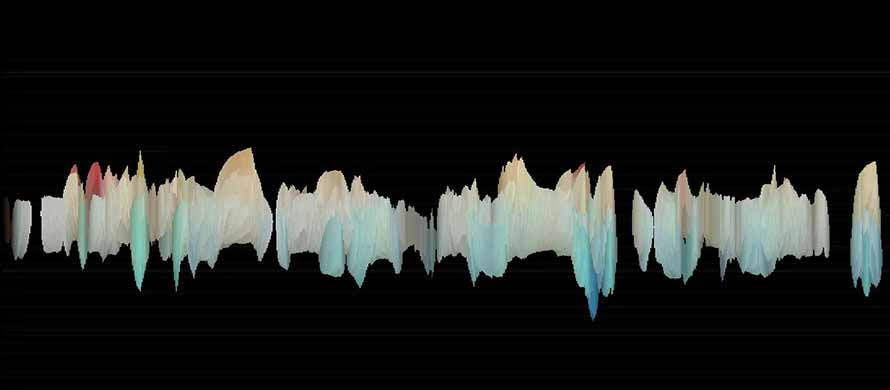
Wake-Vortexed Ben Fry’s HSV Space Arrangement (1998) RL, digital image
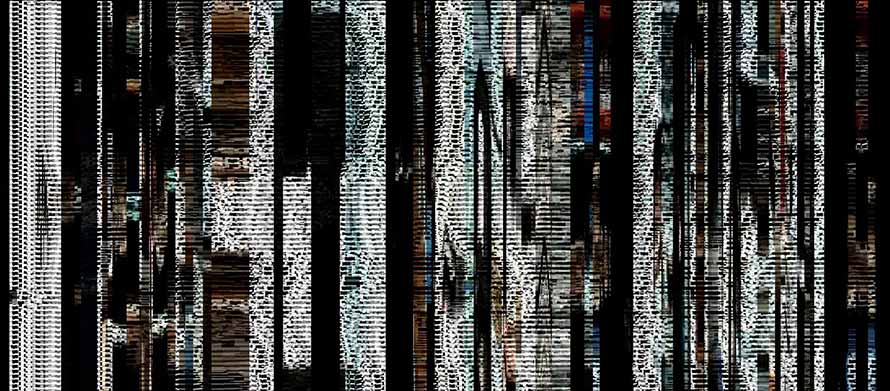
Wake-Vortexed Ben Fry’s ASCII Arrangement (1998) RL, digital image

Wake-Vortexed Jason Salavon’s The Late-Night Triad (2003) RL Sequential, digital image
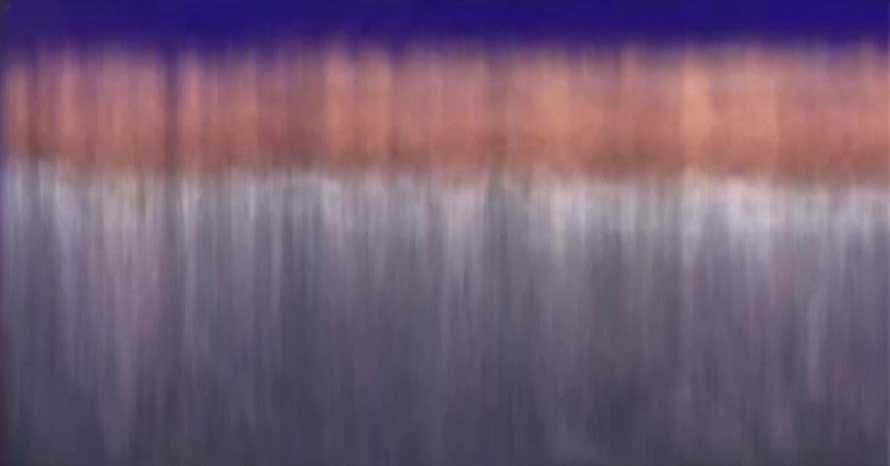
Wake-Vortexed Jason Salavon’s The Late-Night Triad (2003) RL Sequential (detail), digital image
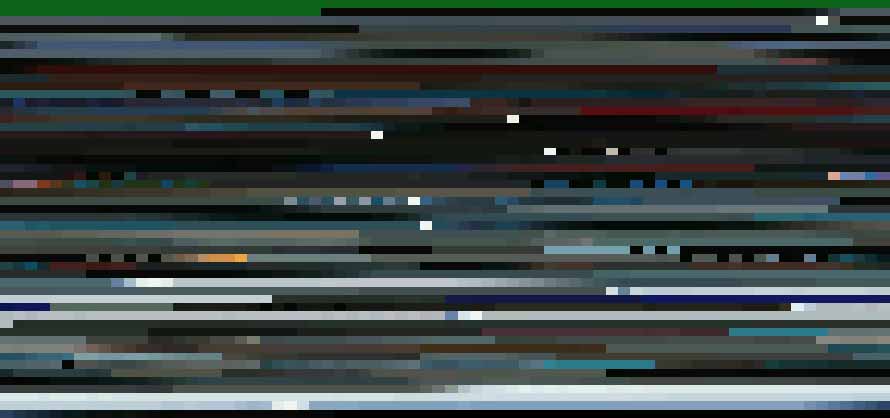
Wake-Vortexed Ryland Wharton’s Palette Reduction No. 4 (Surrogates) (2009) RL, digital image
Tech Specs
Presentation
Depending on the available equipment and space, the project can be presented as a 2- or 4-channel video projection, or as a 2- or 4-channel set of flat video panels (monitors). The panels should preferably be 27-inch diagonal or larger, with minimal or no screen border.
If only video is exhibited, in 4-channel setup all video channels can be positioned in parallel, side by side, on the same level, or 2 channels on one and another 2 channels on the adjoining or opposite wall. Preferably all four channels will be on the same wall. In 2-channel setup, the videos should be positioned in parallel, side by side, on the same level, on the same wall.
The images are produced as digital prints in variable (uniform) dimensions, depending on the spatial qualities of the exhibition venue.
Arrangement
Videos and prints can be exhibited in combination or separately, depending on the spatial qualities of the exhibition venue.
The selection of video clips per each channel, diagonals, heights and horizontal distances between video projections/panels, and digital prints, as well as all other formal/visual elements of the exhibition setup are determined according to the spatial characteristics of the gallery/venue.
Video
The video files are high resolution, in MP4 containers with H264 video and AAC audio encoding. Depending on the available equipment, the videos can be re-rendered to the native resolution of the available equipment, with 1080p as a minimum.
The videos can be played from standalone digital players, computers, tablets or other playback equipment with H264/AAC codecs and support for the selected video resolution. If flat video panels are used, they should preferably be equipped with internal media players.
Audio
Each video channel with sound should be accompanied with the headphones for the visitors.
In solo exhibition setting, one video channel (or more, depending on the spatial qualities of the gallery/venue) can have its sound played over the speakers.